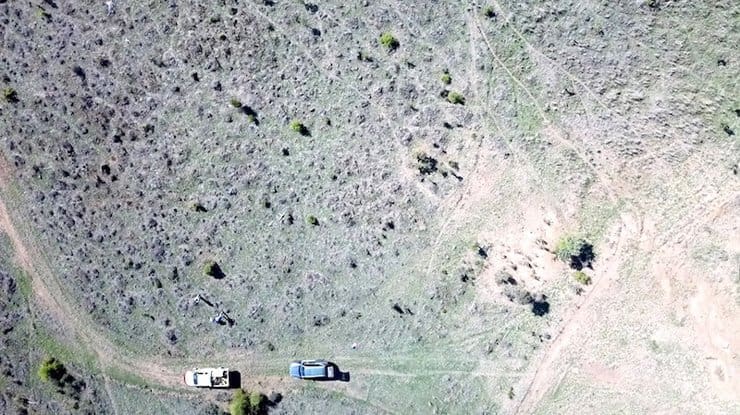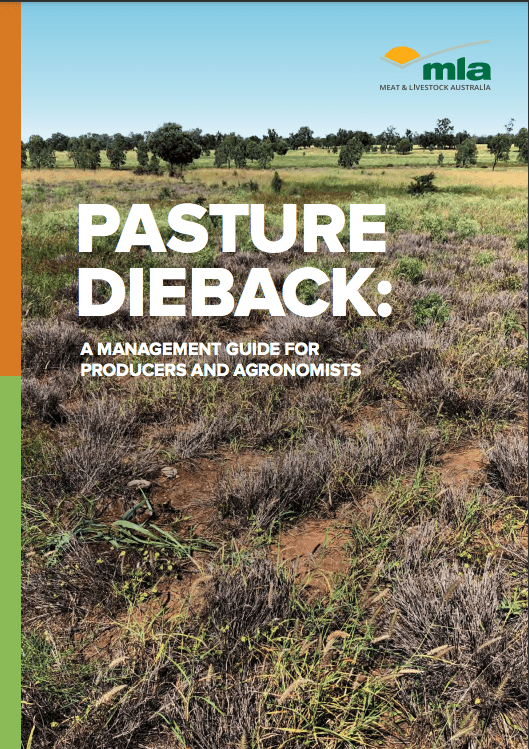
A pasture dieback-affected paddock of buffel grass in Barallabra, Queensland. Picture: MLA
A new Pasture dieback management guide for producers and agronomists that brings together the latest information on underlying factors and management strategies has been launched by Meat & Livestock Australia (MLA).
Pasture Dieback – A Management Guide for Producers and Agronomists was developed in close consultation across the red meat industry to respond to the on-farm challenges presented by pasture dieback.

To download the guide click here
MLA Group Manager – Productivity & Animal Wellbeing, David Beatty, said providing access to the latest information and research was an important part of the ongoing response to pasture dieback.
“Our objective is to ensure pasture dieback research and development is focused on finding solutions for those affected by it and to provide valuable, up-to-date information to producers as it comes to hand, from the range of research organisations working on this topic” Mr Beatty said.
“A key focus is supporting the delivery of short-term solutions to feed livestock while a permanent solution to pasture dieback is investigated.
“The guide contains information for producers and agronomists to detect early symptoms of the condition, what grass species are affected and what research has observed from a range of management strategies, and signposts for more detail.
“Early intervention could stop the disease becoming more widespread so it’s important for all producers to be aware of what to look for, the importance of maintaining property biosecurity, and who to contact to determine how best to respond.”
The guide was developed in consultation with Applied Horticultural Research (AHR), Queensland University of Technology (QUT), Department of Agriculture and Fisheries Queensland (DAF), University of Queensland (UQ) and AgForce.
This project is jointly funded through Meat & Livestock Australia and the Australian Government’s National Landcare Program.
Source: MLA. A digital copy of Pasture Dieback – A Management Guide for Producers and Agronomists is available from the MLA website.



Pasture dieback results from using synthetic NPK fertiliser in regions that are utterly unsuited to it for reasons of climate and soil structure type. All gaseous elements rise when warmed, put simply. Nitrous oxide – toxic and acidic – rises from the soils, whereupon it combines with carbon dioxide to form prussic acid, hydrocyanic gas: poisonous to all plants and grasses, all creatures that dwell in the soil too. Wake up!
Booklet gives a good summary of what we know so far plus lists some possible causal factors but still we haven’t got to the nitty gritty of what’s happening .
Per usual the large amount of MLA -Government funding thrown at this issue has gone to consultants and organisations with far less knowledge and experience than Qld. D.A.F. who have been working with improved pastures since the 1960’s
The MLA forum at Beef Rocky on this subject was informative but no questions were allowed from the floor ?